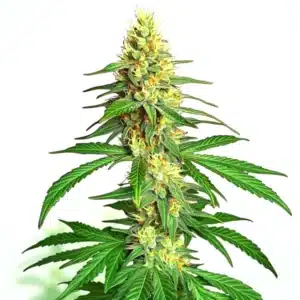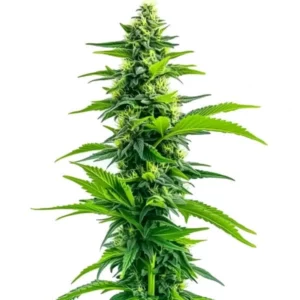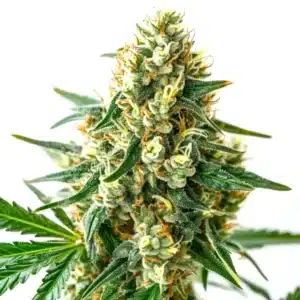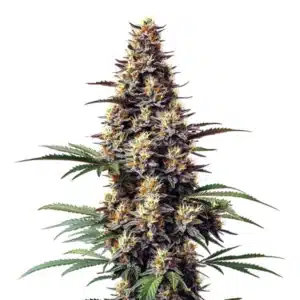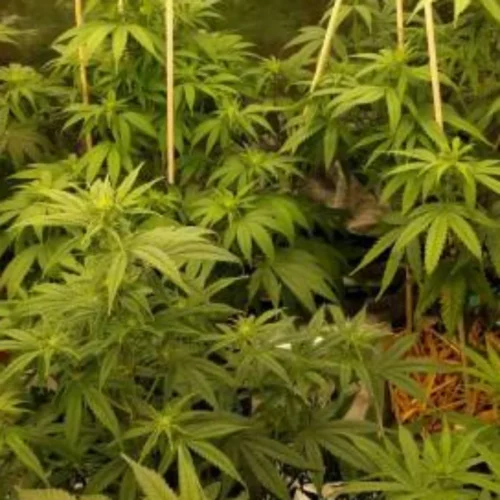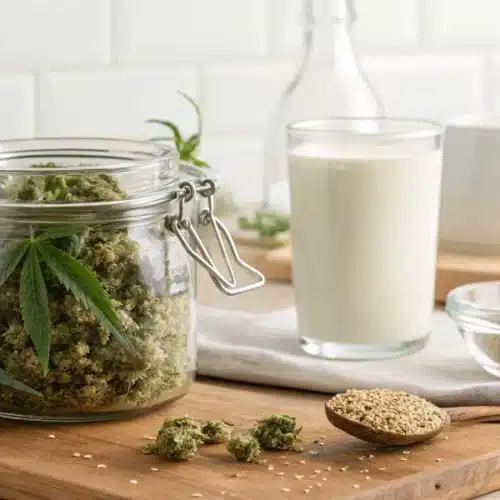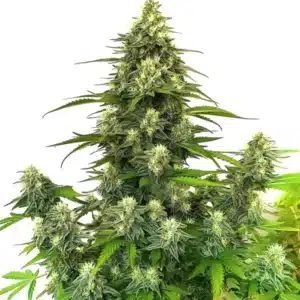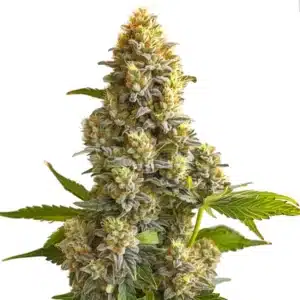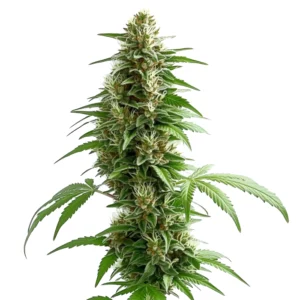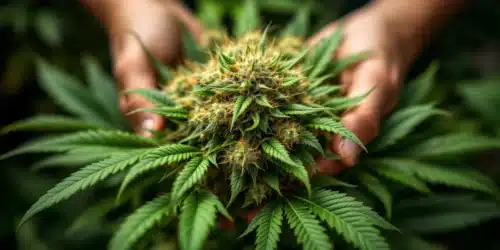What Are Autoflowering Seeds?
Autoflowering seeds stand out in the world of cannabis cultivation. Unlike regular seeds, which rely on changes in light cycles to transition from the vegetative to the flowering phase, autoflowering seeds autonomously shift based on their age. This unique quality is highly appealing for many cultivators, especially those eager for quicker harvests.
These seeds are typically hybrids of cannabis ruderalis, a species renowned for its autoflowering characteristics, crossed with popular strains like indica or sativa. The outcome is a plant that possesses the sought-after traits of traditional strains while enjoying a sped-up growth cycle. Imagine harvesting your crops sooner than you would with other types of seeds; that’s the allure!
Promos & Deals
The Importance of Germination
Germination marks the beginning of a seed’s transformation into a thriving plant. When it comes to autoflowering seeds, effective germination is crucial for healthy growth and development. If seeds do not germinate properly, it may result in poor yields, leaving you with less than desired outcomes.
This initial stage lays the groundwork for the plant’s future health. A vigorous beginning leads to a robust plant capable of flourishing under a variety of conditions. As you nurture your seeds during this phase, you’re effectively shaping the future success of your crop—it’s like giving your plants their first building block towards growth!
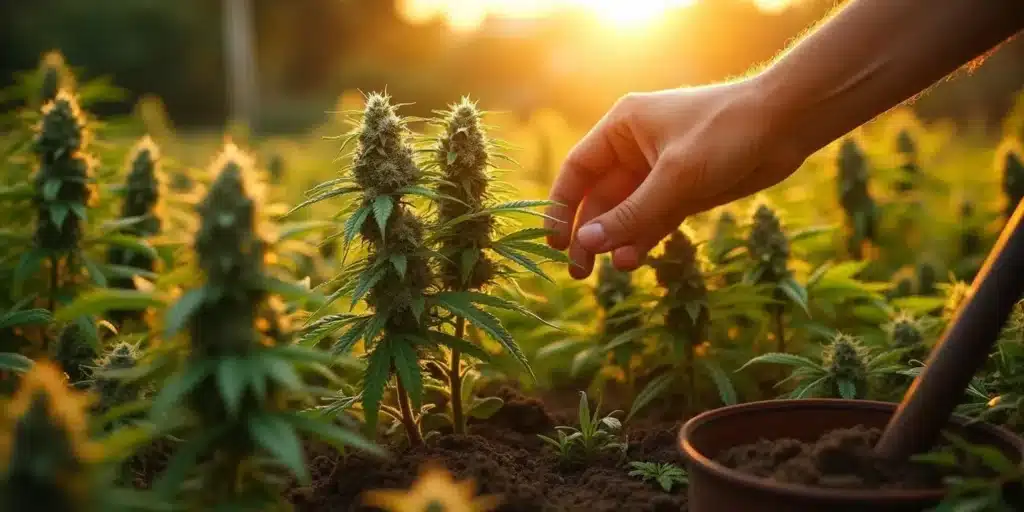
Steps for Germinating Autoflowering Seeds
Even though germinating autoflowering seeds is generally straightforward, following specific methods can lead to optimal results. Let’s explore a few popular techniques:
1. Paper Towel Method
This reliable technique is celebrated for its effectiveness and ease. Let’s break it down step by step:
- Start with two sheets of paper towel.
- Gently moisten one paper towel sheet and lay it flat on a smooth surface.
- Disperse the seeds evenly across the towel.
- Cover the seeds with the second moist paper towel.
- Store the setup in a warm, dark place, away from direct light.
- Check daily to maintain moisture and observe the emergence of sprouts.
By keeping the seeds in a warm environment, you create a cozy little nursery for your future plants. Just remember, the trick lies in finding the right balance of moisture, too little, and they dry out; too much, and you risk rot.
2. Direct Soil Method
This straightforward method involves planting the seeds right into the soil:
- Fill a small pot with quality potting soil rich in nutrients.
- Create a small hole about half an inch deep in the soil.
- Gently place the seed into the hole and cover it lightly with soil.
- Pour just enough water to moisten the soil without soaking it.
- Position the pot in a warm, well-lit area, making sure it gets around 18-20 hours of light daily.
Planting directly in soil offers a more traditional approach while possibly reducing any transplant shock later on. It’s comforting to know that your seeds are nestled in their permanent home right from the start!
3. Water Glass Method
This innovative approach harnesses water to aid germination:
- Grab a glass and fill it with room temperature water.
- Cautiously drop the seeds into the water.
- Let them soak for about 12 to 24 hours to encourage germination.
- After soaking, carefully transfer the seeds to your preferred germination method, like the paper towel or soil method.
Utilizing the water glass method not only helps soften the seed casing but also imbues the seeds with the moisture they need to kick-start their sprouting process. Think of it as giving them a refreshing drink before they begin their journey!
Tips for Successful Germination
Achieving success in germinating autoflowering seeds involves a few key practices. Here are some valuable tips to keep in mind:
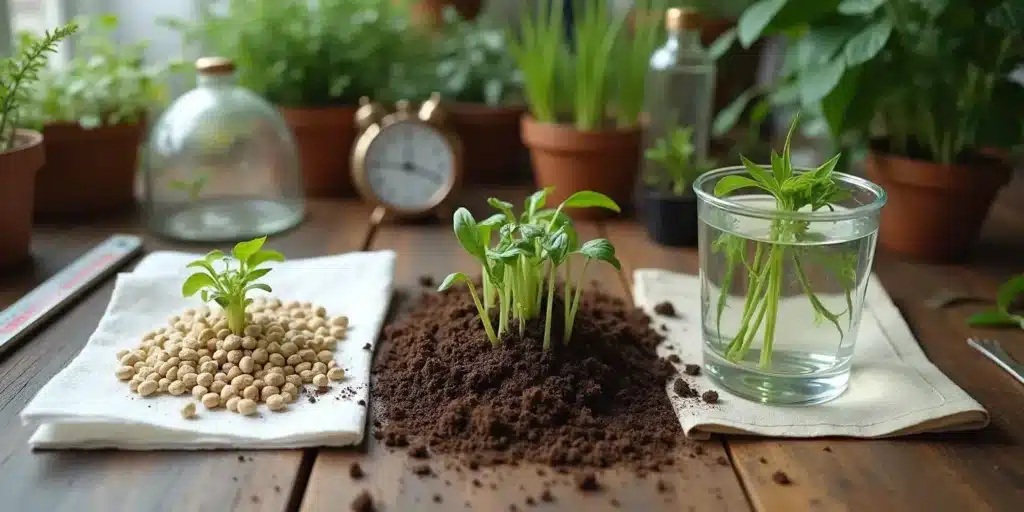
- Maintain optimal moisture levels; find that sweet spot, as too much water can drown seeds, while too little can dry them out.
- Ensure a stable temperature, ideally between 70°F and 85°F (21°C to 29°C), this range promotes faster germination.
- Handle your seeds with care; gentleness goes a long way in preventing damage during the process.
- Choose high-quality seeds from reputable sources; investing in your seeds pays off with higher germination rates and healthier plants.
Think of germination like planting a seed of hope. If you take the time to nurture that seed with proper care and conditions, it will grow into something beautiful and bountiful. So, treat your seeds as you would a delicate treasure!
Common Mistakes to Avoid
Understanding and avoiding common pitfalls during germination can lead to a much more successful process. Here are some mistakes to watch out for:
- Overwatering can lead to dangerous root rot; always err on the side of caution.
- Using poor-quality soil that lacks essential nutrients can hinder growth; opt for quality over cost.
- Planting seeds too deep; remember that half an inch is usually the golden rule.
- Exposing seeds to extreme temperatures or too much direct sunlight too early can shock them, moderation is key.
Learning from others’ mistakes can save you time, energy, and frustration down the line. So, keep these tips in your back pocket as you embark on your germination journey!
Ideal Conditions for Germination
Several environmental factors play a critical role in the success of seed germination. Becoming aware of these can facilitate the growth of resilient plants:
Temperature
As previously mentioned, keeping a stable temperature is essential. If the conditions are too cold, seeds may take longer to sprout, causing unnecessary delays. Conversely, excessively high temperatures can hamper germination altogether. A well-regulated temperature fosters an efficient germination process, providing your seeds with the best possible start.
Consider using a heating mat or propagator to maintain warmth. These can be especially useful if you live in a cooler climate or during the winter months when temperatures may drop.
Humidity
Humidity significantly affects germination by creating a favorable environment for seeds. A moderately humid atmosphere is key; too much moisture can encourage mold and fungal issues, while insufficient humidity can dry out the seeds prematurely. Aim for a humidity level that keeps things fresh without tipping into a swampy mess, as they say, balance is everything!
Using a humidity dome or a simple plastic bag can help maintain optimal levels during the early stages. Just remember to monitor it regularly to prevent any unwanted growth of molds!
Strains to Consider for Autoflowering Cultivation
When delving into the world of autoflowering seeds, it’s essential to consider specific strains that meet your preferences and needs. Here are a few highly regarded strains you might want to try:
- Girl Scout Cookies Auto: Renowned for its sweet flavors and balanced effects, this strain is perfect for those desiring a delightful gardening experience.
- Lowryder Auto: Ideally suited for limited spaces, this compact strain is easy to manage and great for novice growers.
- Amnesia Haze Auto: Offering uplifting effects and a zesty citrus aroma, this strain has won the hearts of many cultivators.
Choosing the right strain can transform your growing experience! Whether you’re after potency, flavor, or ease of growth, aligning your choice with your goals will set you up for success.
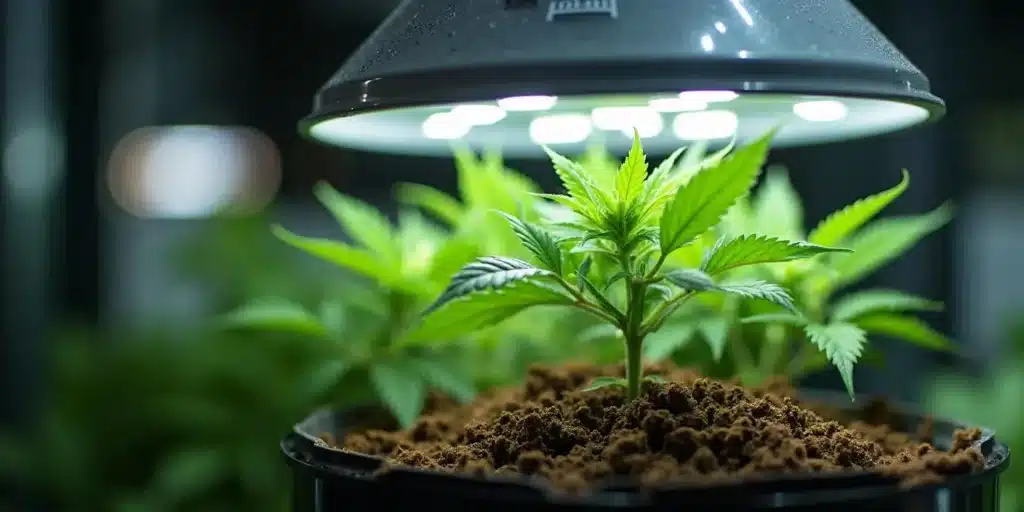
Ongoing Care After Germination
Once your seeds have successfully germinated, the next phase involves providing your seedlings with attentive care. Delivering appropriate light, water, and nutrients will support their flourishing growth. Autoflowering plants typically require less complex feeding routines, making them suitable for both beginners and experienced gardeners. However, recognizing the basic needs of your plants remains crucial for successful cultivation.
Watering Your Seedlings
During the seedling stage, correct watering techniques are essential. Overwatering can be detrimental, leading to root rot, while underwatering can stunt growth significantly. Pay close attention to soil moisture levels, adjusting watering as required. A gentle spray or misting can help uphold adequate humidity for your young plants.
Consider using a spray bottle for delicate watering, allowing you to control the amount of moisture your seedlings receive. As they grow, you can gradually transition to a more regular watering schedule based on your specific environment.
Lighting Considerations
Autoflowering plants tend to thrive under various lighting conditions, yet they generally favor around 18-20 hours of light each day. Indoor and outdoor growers alike can provide ample light to stimulate robust growth, this light is essential for healthy flowering later in the cycle.
If you’re growing indoors, investing in quality grow lights such as LEDs could be a game changer. They provide the necessary spectrum for growth and flowering without overheating or wasting energy.
FAQs
What is the typical time frame for germinating autoflowering seeds?
Germination can take anywhere from 24 hours to about a week. Many growers observe sprouts within a few days. Providing the appropriate environment helps expedite this process.
Can I reuse soil for germinating seeds?
It is possible to reuse soil, but it’s crucial to amend it with fresh nutrients and check for any potential diseases. Old soil might lack essential nutrients, while fresh potting soil is often recommended for better success with germination.
How do I tell if my seed didn’t germinate?
If you see no signs of sprouting after a week or more, it may indicate that the seed failed to germinate. The seed may remain hard, with no root or shoot emerging. Using high-quality seeds generally improves your germination success rates and results in healthier plants.
What light spectrum do autoflowering plants prefer?
In general, these plants thrive under full-spectrum light, which includes blue light to promote growth and red light to support flowering. Many growers prefer LED grow lights because they efficiently provide a complete light spectrum along with lower energy usage.

